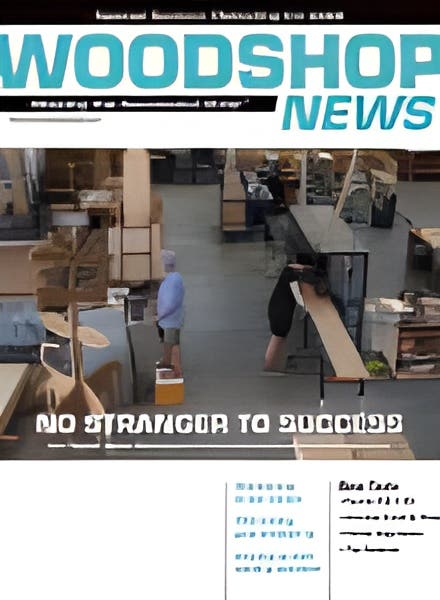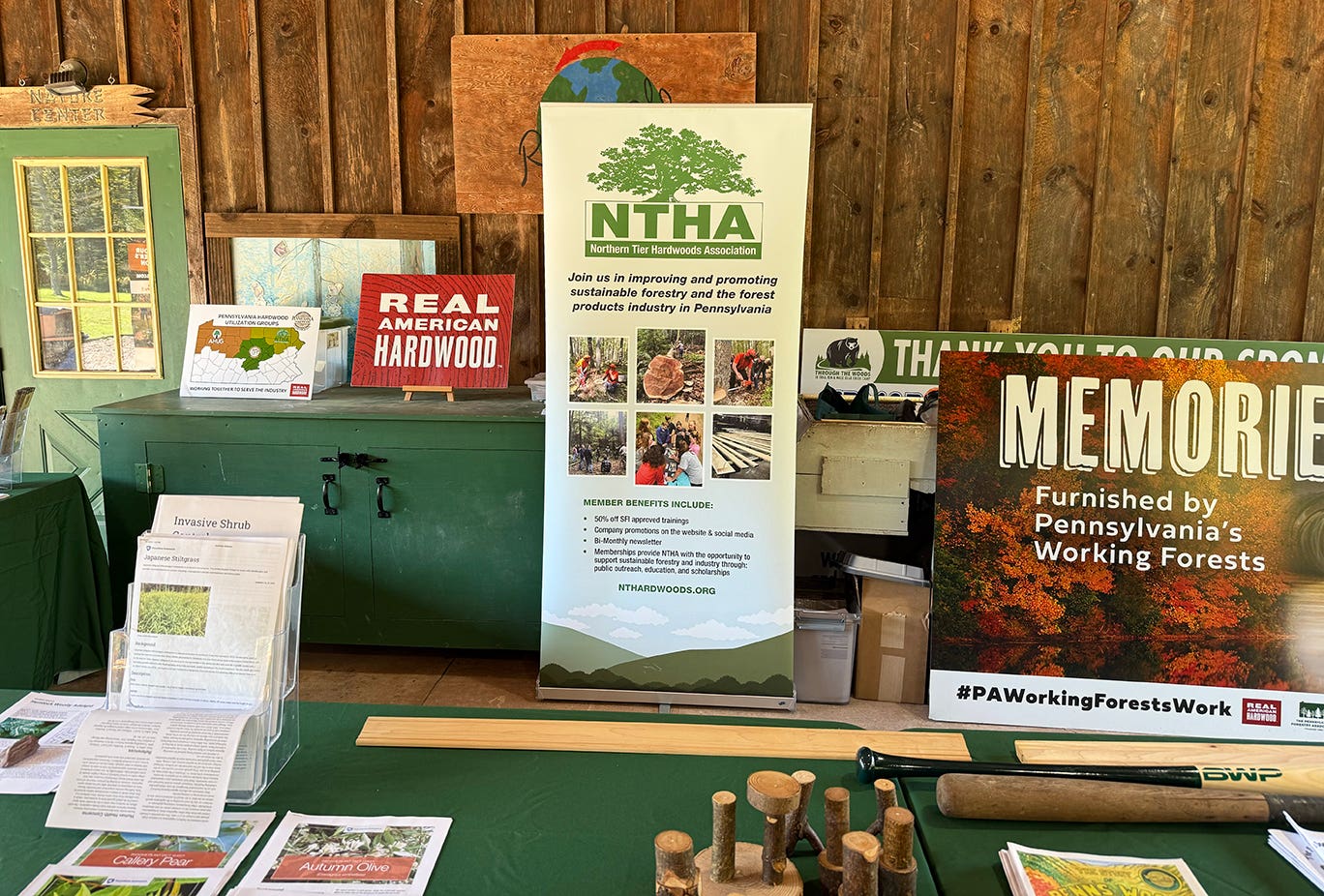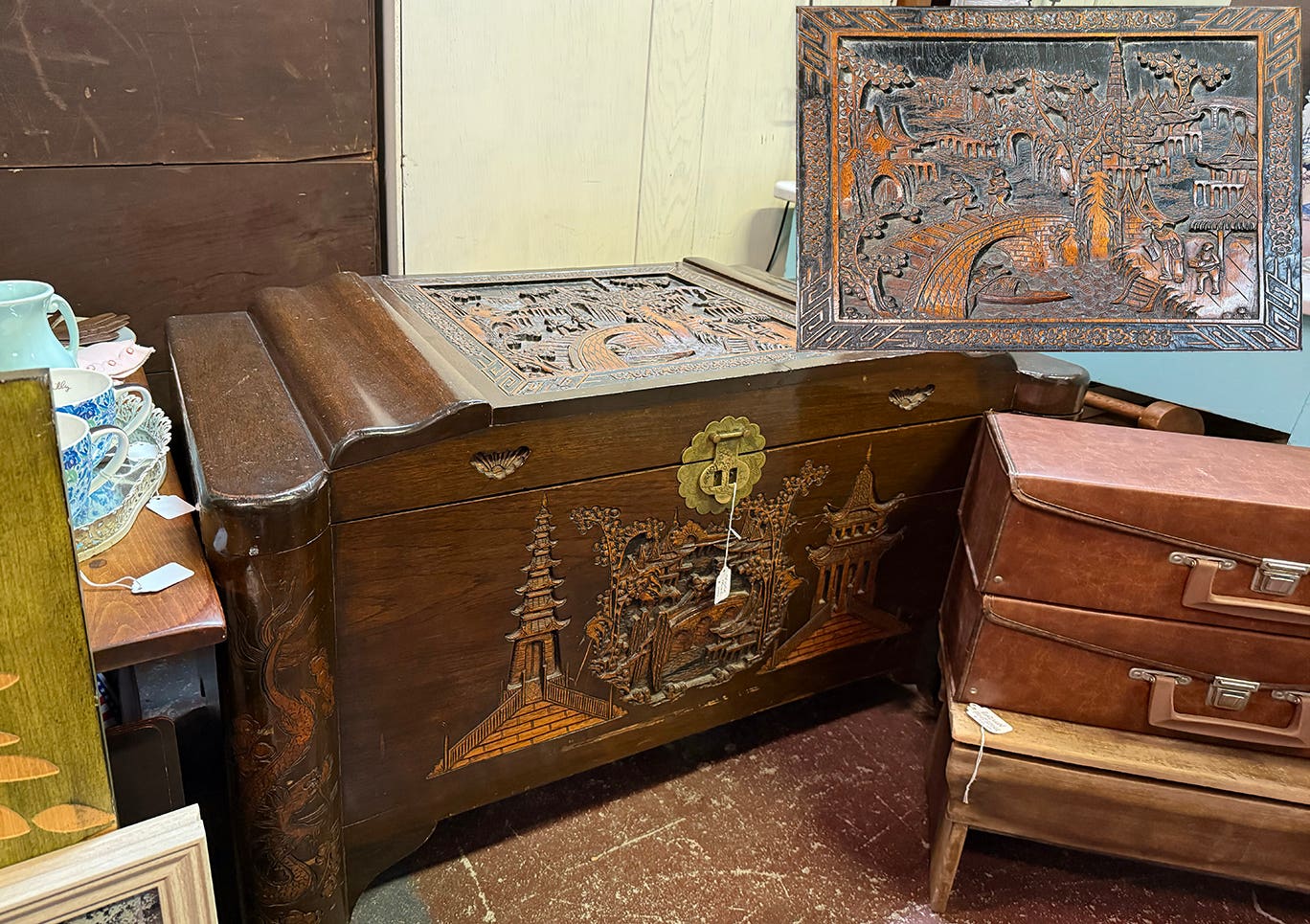Easy inlays
I’ve mentioned before how bad I am at hand-cutting dovetails, but there’s something else I’m terrible at: almost any kind of inlay. I say “almost” because I’ve done a lot of…
I’ve mentioned before how bad I am at hand-cutting dovetails, but there’s something else I’m terrible at: almost any kind of inlay. I say “almost” because I’ve done a lot of basic inlays that are simply straight pieces of wood glued into straight slots. That’s technically inlay, but not what I’m talking about.
I’m talking about shapes, designs, leaves, swirls and stuff like that, but intricate inlay and marquetry eludes me. Like hand-cut dovetails, I long ago accepted that I’ll never be any good at it, and to concentrate on things I can do well.
But laser engravers are changing that.
For the past year I’ve been using laser engravers a lot in my woodshop, mostly engraving designs and decorations into wooden box lids and panels, cutting acrylic, and making custom metal hardware. But the versatility of lasers is extensive, allowing an inlay-challenged person like me to finally be able to do it with ease.
The process is simple. Create an image file however you want — draw it by hand, use a photograph, design it in Photoshop, whatever. Send the file to the laser and adjust the settings to create the relief sized for the inlay material and hit start. The inlay depth is determined by laser power and how many passes you make. The relief in the image above took only a few minutes.
With the relief done, use the same image file, trace it in the laser software, set the laser to cut instead of engrave, and slice the inlay out of whatever thin material you’re using. The leaf in the image was done in a single pass, taking less than 30 seconds. After that, just glue the cutout into the relief, let it dry, and sand as needed. Boom, done.
I still wish I had the skill and dexterity to do inlay (and dovetails) by hand, but it just isn’t going to happen. But with a laser in my shop, I can finally do some things I’ve longed to do for years, get good results, and thoroughly enjoy the process.
A.J. Hamler is the former editor of Woodshop News and Woodcraft Magazine. He's currently a freelance woodworking writer/editor, which is another way of stating self-employed. When he's not writing or in the shop, he enjoys science fiction, gourmet cooking and Civil War reenacting, but not at the same time.







